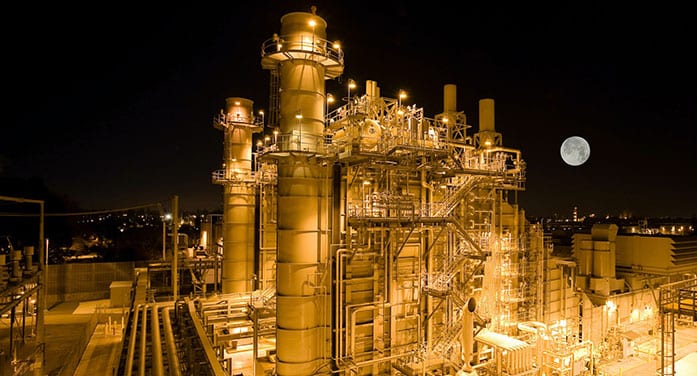 With news of the official termination of the Keystone XL project, the Alberta government is out approximately $1.3 billion. What’s more, the province is left with unrefined bitumen that it doesn’t have the capacity to upgrade to higher-value products like gasoline and diesel. Why, then, does the province not look to develop its own capacity to refine bitumen and upgrade its oil sands resources internally?
With news of the official termination of the Keystone XL project, the Alberta government is out approximately $1.3 billion. What’s more, the province is left with unrefined bitumen that it doesn’t have the capacity to upgrade to higher-value products like gasoline and diesel. Why, then, does the province not look to develop its own capacity to refine bitumen and upgrade its oil sands resources internally?
While the answer is complex, one factor is the government’s royalty system, which disincentivizes processing bitumen into higher-value products. Due to the Bitumen Valuation Methodology (BVM), the government collects higher royalties per barrel for oil sands producers that upgrade bitumen compared with those selling raw bitumen directly to refineries. Charging a much lower royalty payment per barrel encourages the sale of raw bitumen out of province.
Currently about 35 per cent of the bitumen produced in Alberta is upgraded in the province, with the remaining 65 per cent sold directly to out-of-province refineries. Prior to the implementation of the BVM in 2009, roughly 60 per cent was upgraded in Alberta. In addition to the more than $18 billion that oil sands investors have spent on American refineries and upgraders since the BVM was instituted, many jobs that could have gone to Albertans have also been created and maintained in the United States.
It just makes sense. Why would a producer pay more to upgrade bitumen in the province when it costs considerably less to have an out-of-province refinery do it?
In 2019, oil sands extraction and refineries alone contributed over $68 billion to the Alberta economy and sustained more than 131,000 jobs. This translates to over 18 per cent of provincial GDP and more than five per cent of the province’s workforce. It is estimated that aligning the BVM with market prices would allow the volume of bitumen upgraded in the province to increase to 50 per cent over the next 12 years. This would result in the creation of over 41,000 jobs in the province and generate an average of over $700 million in annual revenue, despite a short-term reduction in revenues.
Updating the royalty system to one based on market pricing for bitumen also invites capital investment and the accompanying development of other oil sands products such as carbon fibre. Alberta Innovates, a crown corporation that promotes innovation, sees significant potential in carbon fibre, which could represent a multibillion-dollar opportunity. Replacing steel with carbon fibre can reduce the weight of a typical vehicle by two-thirds, and a lighter vehicle reduces fuel consumption.
The government of Alberta’s 2020 Recovery Plan pledges to create tens of thousands of jobs, make Alberta more competitive, and ensure a strong future for the province’s innovative energy industry. Given these commitments, fixing the BVM seems like low-hanging fruit.
Krystle Wittevrongel is a Public Policy Analyst at the MEI.
Krystle is one of our Thought Leaders. For interview requests, click here.
The views, opinions and positions expressed by columnists and contributors are the authors’ alone. They do not inherently or expressly reflect the views, opinions and/or positions of our publication.
© Troy Media
Troy Media is an editorial content provider to media outlets and its own hosted community news outlets across Canada.



